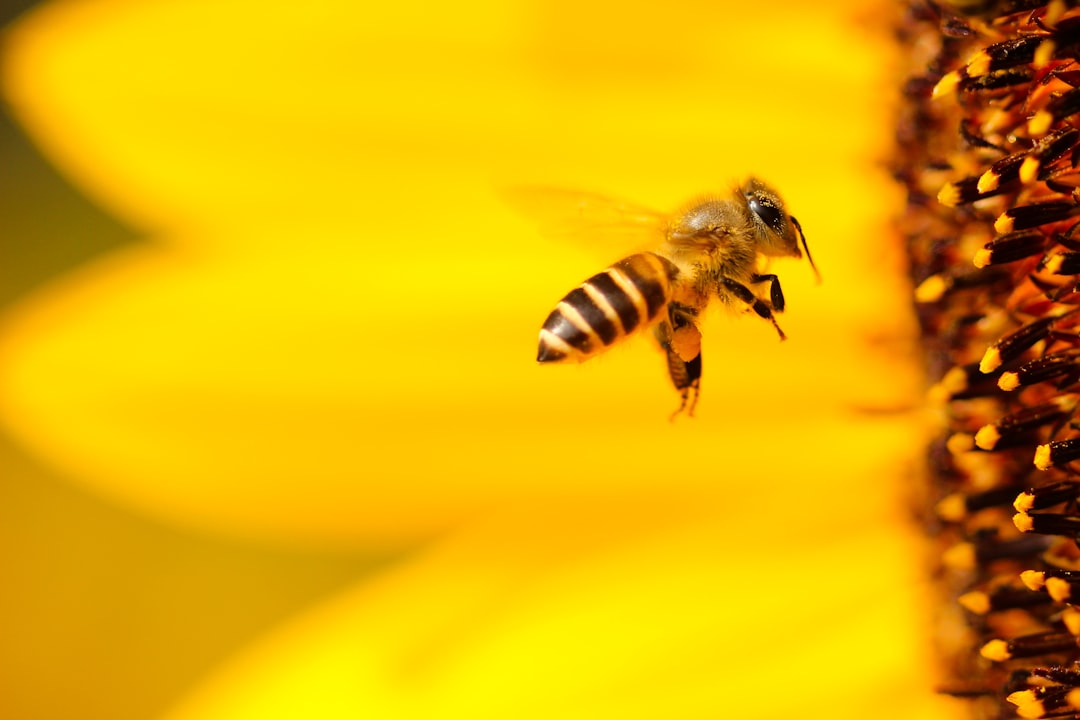What is it about?
Multiple mating is one of several widespread mating strategies that both beneficial and deleterious to females. This paper examines the effect of increased mating rate on reproductive success through the measurement of different fecundity parameters. The results in this study suggested the existence of an intermediate optimal female mating rate base on the resource allocation model.
Featured Image
Why is it important?
The results of the present study provide empirical evidence that multiple matings are advantageous to female reproductive fitness, some of which transfers to offspring fitness. The decreased longevities of both sexes at high mating frequency can be explained by a trade-off between current reproductive effort versus future reproductive effort. Thus, this study provides some useful insights into understanding the evolution of multiple mating from the aspect of life-history theory based on resource allocation.
Perspectives
There are some other factors that affect the maintenance of multiple mating, however, we can not examine those effects because of the limitations of experimental design in the present study. Therefore, a more sophisticated experimental design is needed to consider other factors (such as genetic benefits) together to get a comprehensive understanding of the evolution of multiple mating behavior.
Jinlei Li
Fujian Agriculture and Forestry University
Read the Original
This page is a summary of: Effects of multiple mating on the fecundity of an invasive pest (Octodonta nipae): the existence of an intermediate optimal female mating rate, Physiological Entomology, October 2014, Wiley,
DOI: 10.1111/phen.12081.
You can read the full text:
Contributors
The following have contributed to this page










